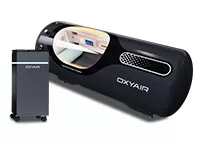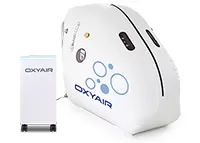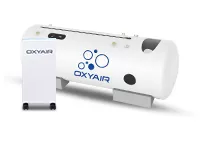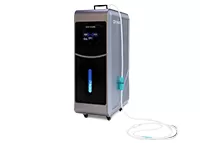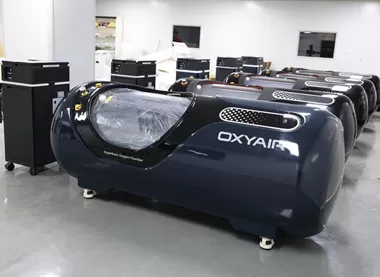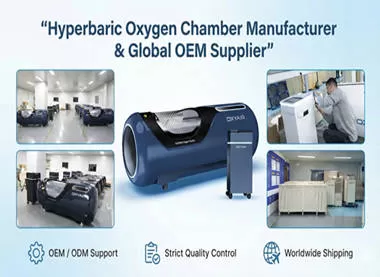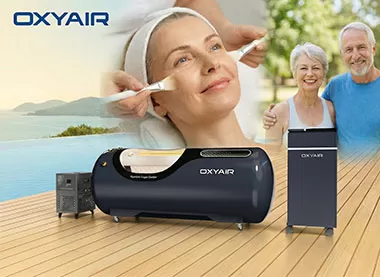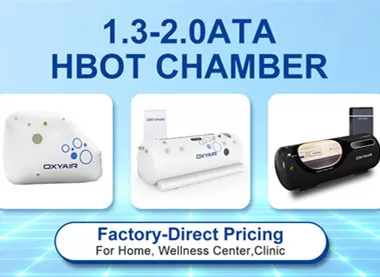How Hyperbaric Oxygen Therapy Works for Arthritis
Arthritis pain is driven mainly by chronic inflammation and low oxygen in joint tissues. Inflamed joints get less blood flow, meaning cartilage and nearby cells don’t get the oxygen they need to repair. HBOT fixes that by letting you breathe 100% oxygen at greater-than-normal pressure (typically 1.5–2.0 ATA), which increases the oxygen dissolved in your blood and pushes oxygen deeper into damaged joints.
Key Benefits — What HBOT Does for Joints
Reduces inflammation: HBOT lowers inflammatory markers (for example TNF and IL-6), which can cut pain and swelling.
Boosts tissue repair: Extra oxygen helps rebuild collagen and supports cartilage repair.
Improves circulation: Better oxygen delivery speeds healing and reduces stiffness.
Balances immune activity: For autoimmune arthritis (like RA), HBOT can calm overactive immune responses that damage joint tissue.
Who Sees the Best Results?
HBOT isn’t a one-size-fits-all cure, but it’s especially helpful for:
Early-to-moderate osteoarthritis (OA): Helps slow cartilage loss and preserve function.
Rheumatoid arthritis (RA): Reduces inflammation and can help patients who can’t tolerate certain meds.
Post-traumatic arthritis: Speeds healing after injuries or surgery and lowers chronic pain risk.
People who want drug-free pain relief: HBOT provides symptom relief without NSAID or opioid side effects.
What the Research and Patient Stories Show
Clinical reports and case studies report meaningful benefits:
Some patients see notable pain relief after just a few sessions (3–5 sessions reported in multiple cases).
Regular HBOT courses have produced months-long symptom relief for many patients.
Many patients report improved mobility and daily function—especially in knees and hands.
While HBOT is not a guaranteed cure, evidence supports its role as a useful, drug-free component of an arthritis care plan.
Typical HBOT Protocol for Arthritis
A common treatment plan looks like this:
| Parameter | Typical Range |
|---|---|
| Pressure | 1.5–2.0 ATA |
| Session length | 60–90 minutes |
| Frequency | 4–5 sessions/week for 4–8 weeks |
| Settings | Clinic hard-shell (2.0 ATA) or home soft-shell (1.3–1.5 ATA) |
Side effects are generally mild — most people experience only ear pressure (like during airplane takeoff) or temporary fatigue.
Is HBOT Right for You?
If you still have pain, stiffness, or limited mobility despite standard treatments, HBOT is worth considering. It’s non-invasive and targets underlying issues (poor oxygenation and inflammation) rather than just masking symptoms. Discuss HBOT with your doctor first—especially if you have lung disease, untreated pneumothorax, or other serious conditions.
How to Choose a Safe Provider or Home System
Ask for CE or ISO certified chambers to ensure safety and quality controls.
Prefer clinics with experienced HBOT staff and clear treatment protocols.
For home use hyperbaric chamber , choose reputable brands with good support, warranty, and clear safety features.
Always follow recommended pressure/time guidelines and report any discomfort immediately.
Final Takeaway
Does hyperbaric chamber help arthritis? For many people — yes. HBOT reduces inflammation, improves oxygen delivery to joints, and supports tissue repair and better function. It’s a promising, non-drug approach that fits well into a broader arthritis care plan.
If you want help deciding whether HBOT is a good option for your arthritis, contact our team for a free consultation. We’ll walk you through the options — home vs. clinic, soft-shell vs. hard-shell — and help build a plan that fits your needs.


